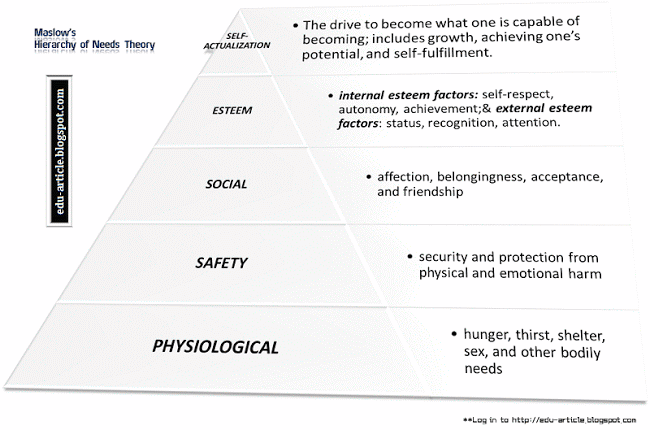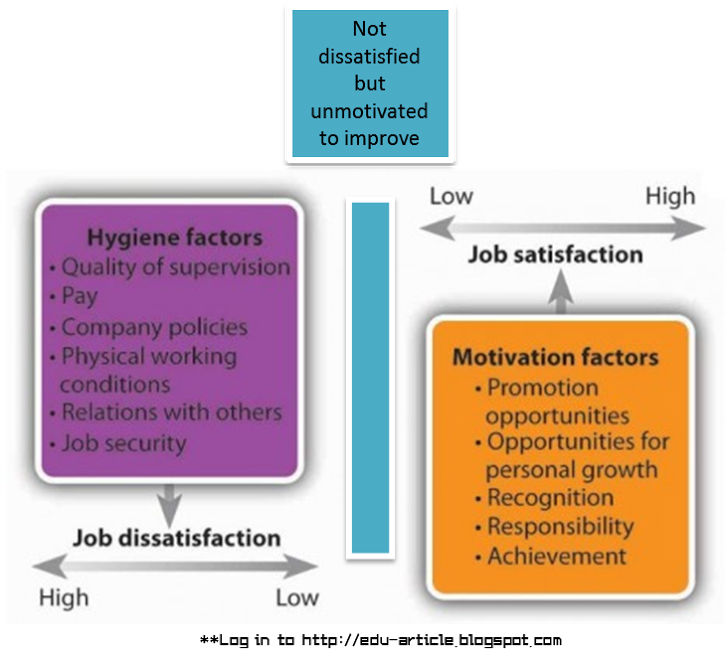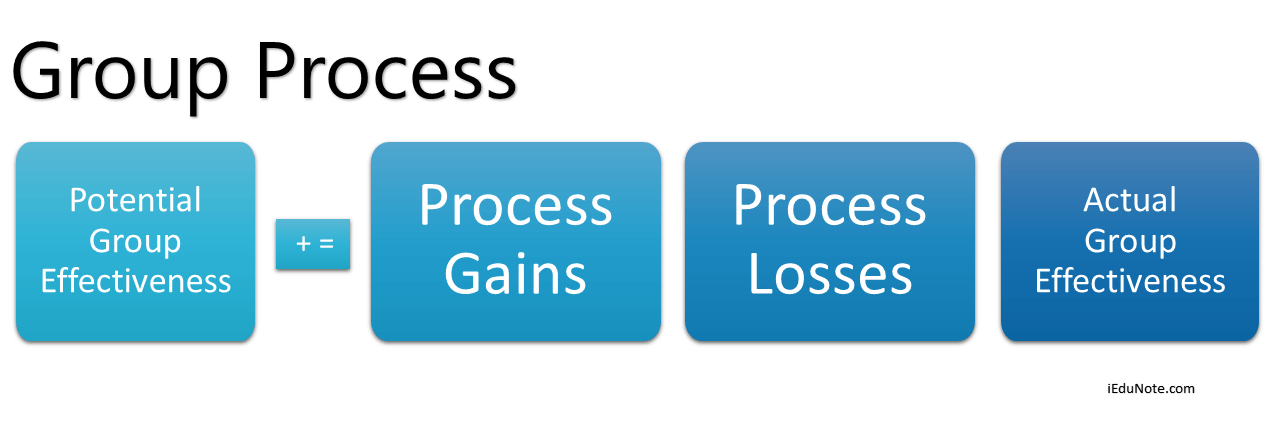Job satisfaction theories help to identify what factors are influencing job satisfaction and what can be done to get higher employee job satisfaction.
Satisfaction is a psychological factor. It cannot be seen and cannot quantify. But its expression in the human mind is understandable. When an employee is satisfied with his assigned task and can discharge his responsibility satisfactorily, it is called job satisfaction.
Job satisfaction theories have a strong overlap with theories explaining human motivation.
7 Theories of Job Satisfaction
These theories are described and discussed below.
Hierarchy of Needs

Although commonly known in human motivation literature, Maslow’s needs hierarchy theory was one of the first theories to examine the important contributors to job satisfaction.
The theory suggests that human needs form a five-level hierarchy consisting of physiological needs, safety, belongingness/love, esteem, and self-actualization. Maslow’s needs hierarchy was developed to explain human motivation in general.
However, its main tenants apply to the work setting and have been used to explain job satisfaction.
Within an organization, financial compensation and healthcare are some of the benefits which help an employee meet their basic physiological needs.
Safety needs can manifest themselves through employees feeling physically safe in their work environment, as well as job security.
When this is satisfied, the employees can focus on feeling as though they belong to the workplace.
This can come in the form of positive relationships with colleagues and supervisors in the workplace.
Once satisfied, the employee will seek to feel as though they are valued and appreciated by their colleagues and their organization.
The final step is where the employee seeks to self-actualize, where they need to grow and develop to become everything they are capable of becoming.
Process Theory
Process theory describes the process of how behavior is energized, directed, sustained, and stopped.
Process theory sees job satisfaction as being determined not only by the nature of the job and its context within the organization but also by the needs, values, and expectations that the individuals have about their job.
There are three sub-theories of process theory have been developed.
These are the theory based on the discrepancy between what the job offers and what is expected, the theory based on what an individual needs, and the theory based on what the individual values.
Motivator-Hygiene Theory

Herzberg’s motivator-hygiene theory suggests that job satisfaction and dissatisfaction are not two opposite ends of the same continuum but instead are two separate and, at times, even unrelated concepts.
‘Motivating’ factors like pay and benefits, recognition, and achievement need to be met for an employee to be satisfied with work.
On the other hand, in the absence of ‘hygiene’ factors (such as working conditions, company policies and structure, job security, interaction with colleagues, and quality of management), employees will be dissatisfied with their jobs.
Reference Group Theory
Reference group theory gave rise to the thought that employees compare their inputs and outputs from his/her job to others, such as his/her friends, co-workers, and others in the industry.
Theorists, such as Hulin and Blood (1968), have argued that understanding the groups to whom the individuals relate is critical to understanding job satisfaction.
Discrepancy Theory
Another name for Discrepancy Theory is “Affect Theory,” developed by Edwin A. Locke in 1976 and is considered the most famous job satisfaction model.
Many theorists have tried to come up with an explanation for why people feel the way they do in regard to their job. Locke developed the idea known as discrepancy theory.
This theory suggests that a person’s job satisfaction comes from what they feel is important rather than the fulfillment or unfulfillment of their needs.
A person’s importance rating of a variable is referred to as “how much” of something is wanted. Discrepancy theory suggests that dissatisfaction will occur when a person receives less than what they want.
Job Characteristics Model
The Job Characteristics Model (JCM) explains that job satisfaction occurs when the work environment encourages intrinsically motivating characteristics.
Five key job characteristics, skill variety, task identity, task significance, autonomy and feedback, influence these psychological states.
Subsequently, the three psychosocial states then lead to several potential outcomes, including job satisfaction.
Therefore from an organization’s point of view, it is thought that improving the five core job dimensions will subsequently lead to a better work environment and increased job satisfaction.
These can be combined to form a motivating potential score (MPS) for a job, which can be used as an index of how likely a job is to affect an employee’s attitudes and behaviors.
Dispositional Approach
Another well-known job satisfaction theory is the Dispositional Theory.
It is a very general theory that suggests that people have innate dispositions that cause them to have tendencies toward a certain level of satisfaction, regardless of one’s job.
This dispositional approach suggests that job satisfaction is closely related to personality. The evidence for this approach can be divided into indirect studies and direct studies.
Judge and colleagues have reviewed these areas in greater detail. The indirect evidence comes from studies that do riot explicitly measure personality. This even includes significant employment changes, such as changes in employer or occupation.
The indirect studies, however, are vulnerable to several important criticisms, namely that other unaccounted factors might be contributing to job satisfaction levels.
Most prominently, there is research evidence that self-esteem, self-efficacy, emotional stability, and locus of control comprise a broad personality construct, which contributes to how an individual sees.
A review of 169 correlations between each of four affective constructs (i.e., self-esteem, self-efficacy, emotional stability, and locus of control) and job satisfaction found that as self-reported levels of self-esteem, self-efficacy, emotion stability, and locus of control increased, so did job satisfaction.
Similarly, investigations into the link between the five-factor model of personality and job satisfaction revealed neuroticism, conscientiousness, and extraversion to have moderate relationships with job satisfaction.
People tend to evaluate their work experiences in terms of liking or disliking their jobs and develop feelings of satisfaction or dissatisfaction regarding their job, as well as the organization in which they work.
Many probable influences affect how favorably an individual appraises his or her job. This is also important for the organization to retain valued employees.
For this reason, through years of extensive research, Psychologists have identified the theories that help to measure the level of job satisfaction of employees.

